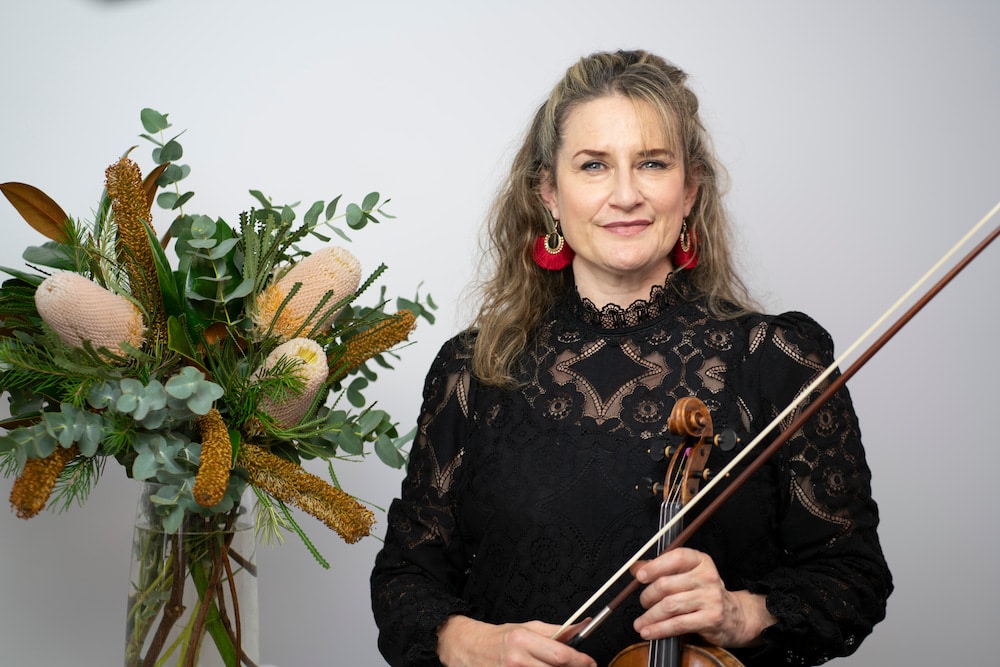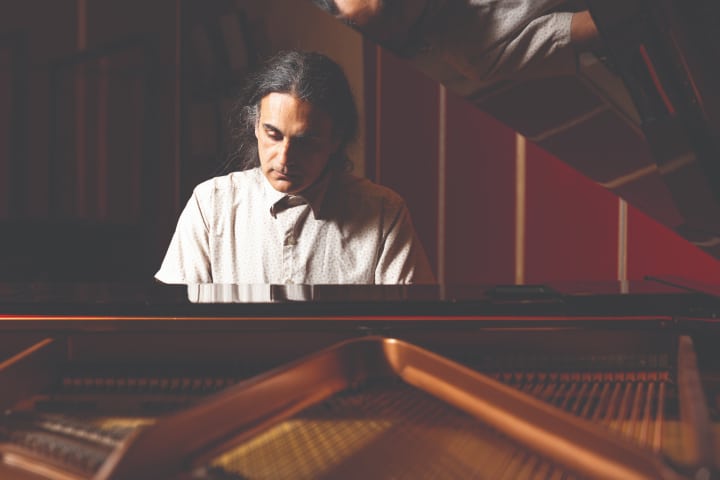While it won’t be a disco-infused boogie wonderland when the Canberra Symphony Orchestra explore earth, wind and fire in the upcoming CSO Classic Afternoon, the music will be of a standard befitting the legendary outfit.
The elements of earth, wind, air and fire will be explored through four pieces in a dynamic program directed by Concertmaster Kirsten Williams.
The Orchestra will take to the sky with Vaughan Williams’ The Lark Ascending, before diving into the tempestuous waters of Welsh composer Grace Williams’ Sea Sketches and bristling with Haydn’s spirited Fire symphony.
The element of earth takes on new meaning and urgency with a commission from head of the ANU School of Music, Kim Cunio, titled CO2 and the Ice Core.
Cunio told Canberra Daily he was asked by the CSO to compose a work relating to the most pressing issue of social justice in his mind, which for him is climate change.
“Like all of us, climate change is such a big thing right, we’ve got this sleeping cliff we’re about to fall over,” he said.
“I just kept thinking … What’s the role of art, is it possible for art to aid this thing and make us think about it.”
With a significant research element behind it, CO2 and the Ice Core is centred on recordings of gas escaping 180,000-year-old Antarctic ice, and “coal being ground in modern India”.
Cunio first conceived the piece and started working on it during a tour to Taiwan, the UK and India in 2018.
He obtained the recording of the gas escaping the Antarctic ice while working on another musical project with the British Antarctic Survey.
“They said come down to a special room, and it was their Antarctic freezer,” Cunio said. “I got to handle ice core that was 180,000 years old, it’s what they measure methane and CO2 with … That’s the definitive reading as far as I can tell. I was so overwhelmed I just burst into tears.”
The Survey then gave Cunio a recording of the ice melting and the gas escaping it, which has become the foundation of the orchestral parts of CO2 and the Ice Core.
“It’s like this visceral sound informing our whole lives has become the data for a piece of music,” he said.
Then while in India, Cunio hopped into a car and drove seven hours out of Calcutta to take a field recording outside a coal processing plant, which combines the sounds of Indian traffic and coal being ground.
“Those two experiences together really moved me and I tried to bring them together,” he said.
It’s actually a bit of an experiment for me … A lot of my music has a research component but it’s not quite like this.”

Running at approximately 20 minutes, Cunio praised the CSO for giving him the opportunity to create a piece of such length – it’s been three years since he last composed a major orchestral work of this scale.
“I’m immensely excited, for composers it’s not so hard to write something for one player or four players, but the opportunity to write for a full orchestra doesn’t come along too often.
“Usually if you get a commission it’s rarely more than three to five minutes … It’s really bold by the CSO to say ‘let’s have a major work’.
As the head of ANU’s School of Music, Cunio works closely with the CSO on a number of projects and praised the Orchestra for their generosity and musicianship.
“They’re a very hard working, energetic orchestra and I’m really excited to work with them next week,” he said.
The CSO Classic Afternoon will be performed at Llewellyn Hall, ANU, Saturday 19 June 2pm; buy tickets here.
For more entertainment:



